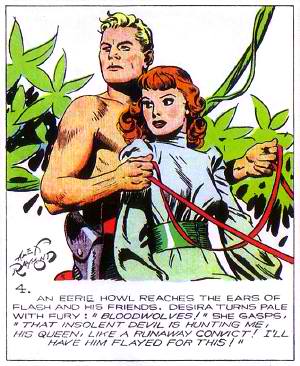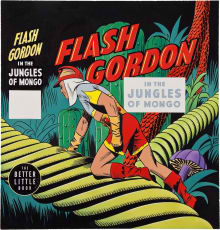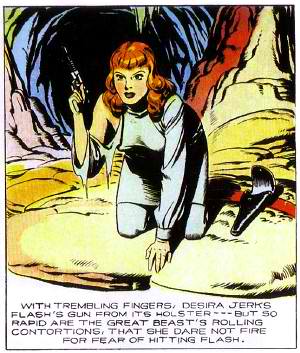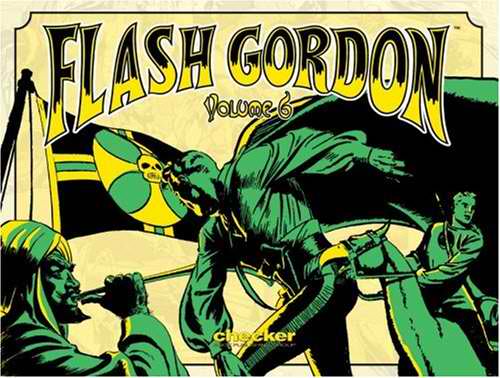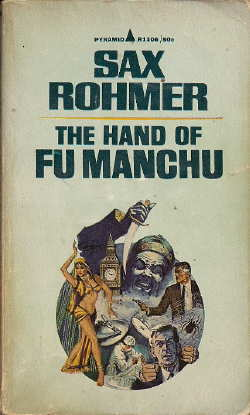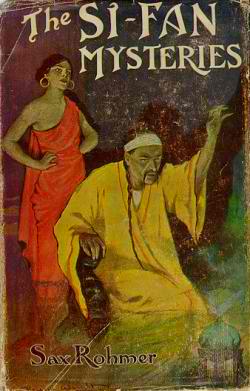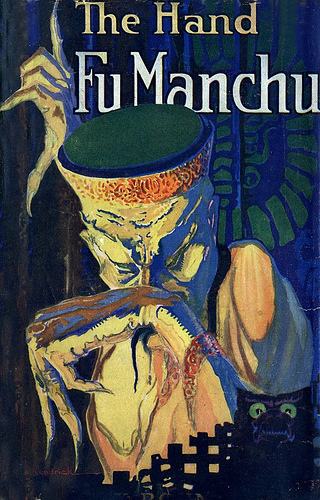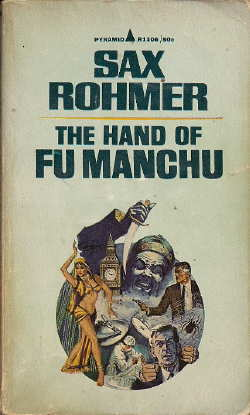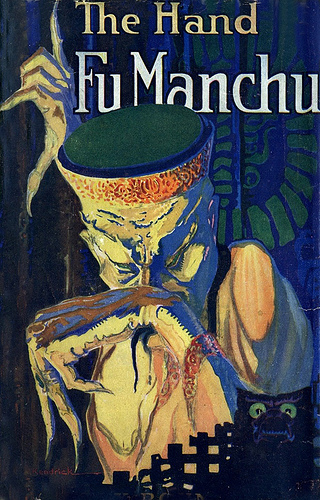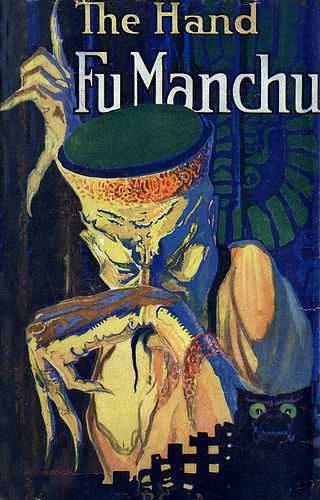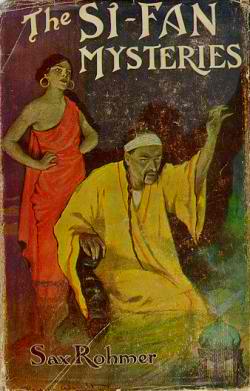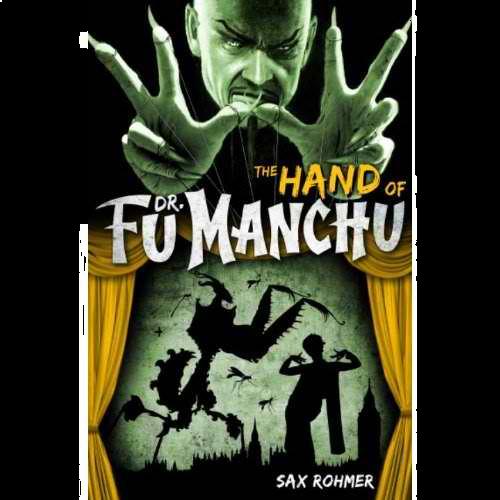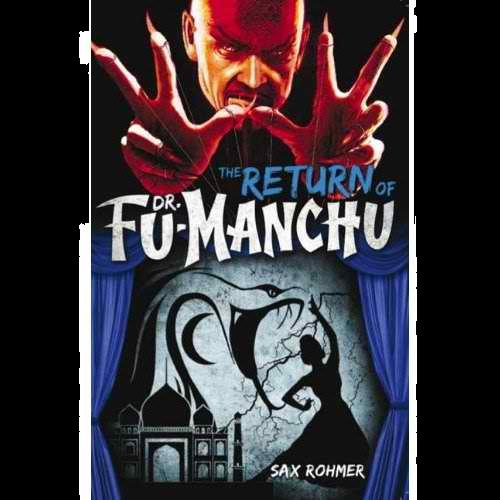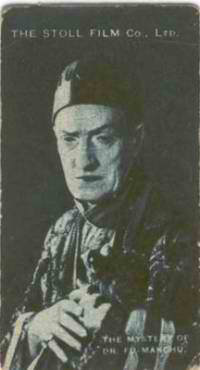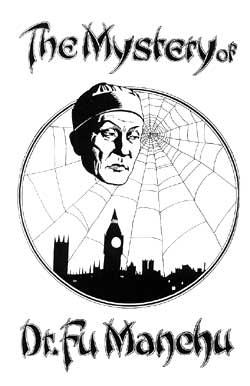Blogging Alex Raymond’s Flash Gordon, Part Nineteen – “Fiery Desert of Mongo”
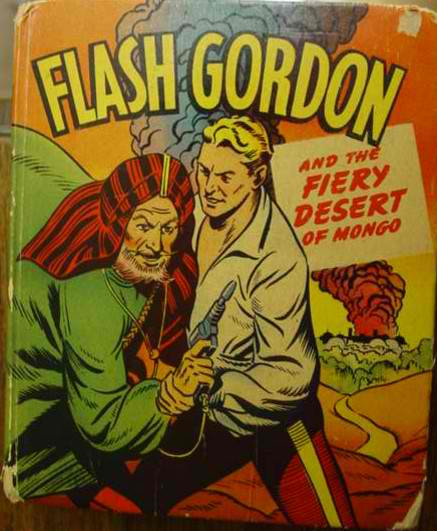
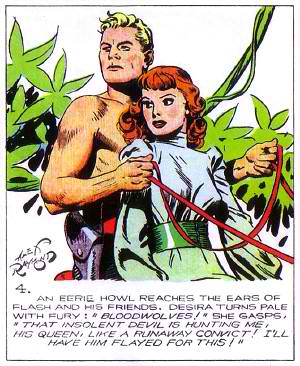 “Fiery Desert of Mongo” was the nineteenth installment of Alex Raymond’s Flash Gordon Sunday comic strip serial for King Features Syndicate. Originally published between November 8, 1942 and July 11, 1943, “Fiery Desert of Mongo” picks up where the preceding installment, “Jungles of Mongo” left off with Prince Brazor trailing Queen Desira to the border of Tropica’s Flaming Desert.
“Fiery Desert of Mongo” was the nineteenth installment of Alex Raymond’s Flash Gordon Sunday comic strip serial for King Features Syndicate. Originally published between November 8, 1942 and July 11, 1943, “Fiery Desert of Mongo” picks up where the preceding installment, “Jungles of Mongo” left off with Prince Brazor trailing Queen Desira to the border of Tropica’s Flaming Desert.
Flash causes an avalanche to delay Brazor’s men. The river of lava and the fire dragon that lurks within menace the fugitives as they proceed into the increasingly unbearable heat of the Flaming Desert. A volcanic eruption nearly finishes them off. Flash escapes to safety by managing a broad jump of over thirty feet. Alex Raymond and script writer Don Moore make the escape from the volcanic eruption a tension-filled drama that makes one forgive the implausibility of Flash’s near-superhuman feat.
As they near the edge of the Flaming Desert, the fugitives run out of water. A delirious Flash sees pixies emerge from a volcano and float through the air and set upon him, beating him senseless. On the verge of collapse, they are rescued by desert raiders.
